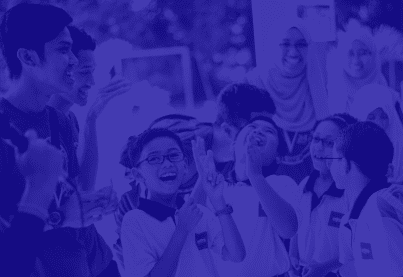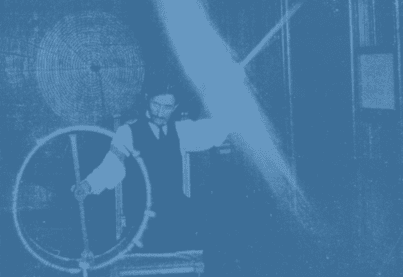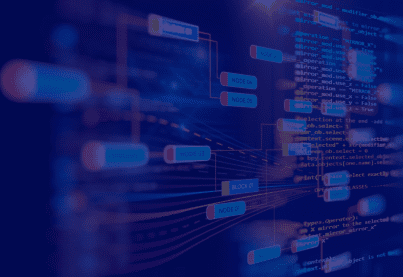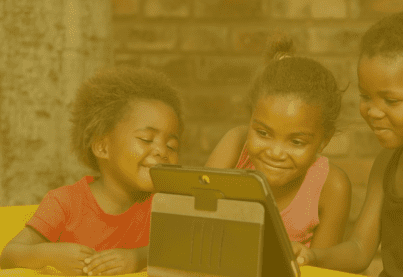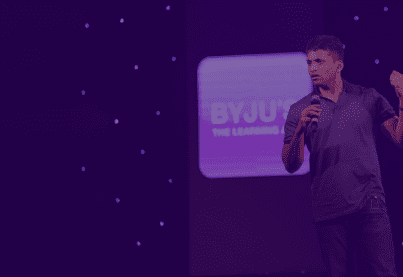Taking education beyond the classroom, breaking barriers with technology.
THE FUTURE AS WE
SEE IT
Future of education we believe is about enabling instant access to relevant information, insight and tools, at the moment of need. Self paced distance learning, Online peer to peer learning, ‘data – driven’ social emotional learning (SEL), collaboration between teachers and students across countries and emergence of online platforms offering academic and vocational courses, are taking education beyond classrooms. Music, today is being taught through Skype. Technology is connecting people of different cultures, bringing them together, opening new opportunities for students to pursue subjects of their interests, conveniently from home.
Another great disruption in education is “Augmented Reality”; initiatives like ‘Google Lens’ make audio-visual learning interesting & fun as you move, intensifying observation of the world and the overall experience of receiving and processing information.
42% of new graduates use tablets and mobiles for e-learning which shows the increase in trend for smaller devices for learning.
81% of the universities across the world opt for e-learning and distant education through virtual online classrooms.
By the educational survey by CEO Julie Evans at the FETC 2014 conference .
Virtual Reality
Virtual Reality is a three dimensional, computer simulated environment, that creates an immersive experience for the observer, enabling the observer to feel being a part of the simulated environment and perform a series of actions to understand and interact with the environment. VR apps offer a virtual environment presented to our senses in such a way that we experience it, as if we were really present there. Imagine, a student observing a open heart surgery through VR, just like being there in the moment, inside the operation theatre with other surgeons. Schools and colleges are beginning to tap new opportunities with VR, as it has the potential to create engaging experiences for students to learn through a combination of audio, 3d visuals and interactivity.
Example: Educational trip to virtually anywhere with Google Expedition Kit, which is a VR tool that creates “virtual trip” experiences using a rich collection of 360 / 3D images; say taking an ‘undersea walk’ or exploring outer space. This enables teachers to take students on immersive, virtual journeys.
Educational Satellites & Cloud
Education formats are moving from “paced” to “self paced”, from “synchronous” to “asynchronous” where students can access course materials, create their own schedules and need not be physically present along with other participants in a classroom. With educational content readily available to be streamed from satellites and the cloud – self paced, personalized distance education has become a possibility. Students now may just need a smart device that can receive content from the cloud or satellites, enable online examinations and suggest relevant content, peers & mentors for the next level. With online forums, message boards, video conferencing and web recordings enabled by technology, schools are now open to adopt “hybrid learning”, a combination of both paced and self paced learning.
Example: Cloud based virtual learning platforms today, allow students to access course materials, learn effectively from peers and participate in forum discussions from anywhere in the world. Online examinations have eliminated the need for students to be physically present.
